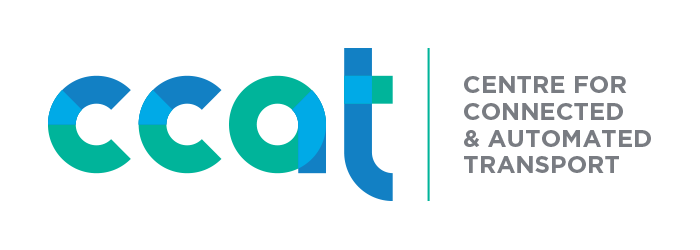
We are thrilled to welcome Simon Berry, General Manager – Transport NSW at pitt&sherry to the CCAT Board. Simon is one of three new Board members joining CCAT in 2024. Simon is renowned in the transport sector and has led notable transport technology and infrastructure projects in Australia. Get to know Simon a bit better as he shares his insights on the future transport sector in our interview below!
- What got you started in the transport industry?
I started out in the engineering technical stream about 30 years ago, putting drawings together for large projects such as the stage1 light rail in Sydney, stage 1 of the M2 motorway, and the Epping to Chatswood rail link. I rotated around the different engineering disciplines, but found that I loved transport engineering so much more that I stayed with it for the majority of my career. I have held different and varied roles on large and significant projects and programs, through to operations roles within various large and medium sized consultancies.
- What excites you most about the future of connected and automated transport?
For me, it’s the safety aspect of connected automated transport. There will be real benefits for the community to be able to travel on vehicles that will be ultimately be infinitely safer than a human operator. This benefits not only the people travelling inside the various vehicles to get from A-B, it also benefits those that are travelling in other modes of transport that have interaction with the automated vehicles. This could be on worksites in or adjacent to transport corridors, people travelling using active transport vehicles such as bicycles or scooters and recreational activities such as running, cycling and walking.
- In your opinion, what are the primary issues Australia and New Zealand must address in their preparations for connected and automated transport in the coming years?
I see the biggest difficulty Australia will face will be around the infrastructure required to operate these vehicles on the networks we have now. There will be the need to digitalise these networks with hard infrastructure in the areas where these vehicles will operate. We are seeing a low rollout of ITS infrastructure and this will need to be accelerated to meet the demands of the vehicles. We will also be relying on a hybrid of in vehicle data processing and external data processing by telecommunication networks. This will put a lot of pressure on the existing communication networks which will need to be upgraded nations wide. Furthermore, there will be a need to bring the general public along the journey; their acceptance of these technologies will be critical in the success of AV’s operating in the public spaces.
- What major trends and applications do you foresee in the near future for connected and automated transport?
We are seeing great progress with the technology being operated in controlled or closed environments. Mining has been using AVs for a while now, as has warehousing and distribution centres. Ports are not far behind these two and rail operations are becoming less reliant on human interaction. From a transport perspective, the next step is to link ports to distribution centres autonomously, using a combination of rail and road. I would love to see in the near future heavy trucks making that link between ports and airports to warehouses/distribution centres using the existing road networks. We are getting very close to this happening, with successful trials of automated trucks driving along the motorway networks. Its only a matter of time that we will be seeing this happen outside of trial conditions.
- What accomplishment in your career are you most proud of within the future transport space?
My biggest accomplishment was challenging what can be done in an Automated Vehicle trial. Back in 2018, TfNSW were undertaking AV trials in regional NSW. I had looked at what the previous trial had undertaken in NSW, and also in other countries and they didn’t really impress me. A solution in Regional NSW wasn’t to buy an automated electric bus that travels 20km/h, slap a few stickers on it and run in down a town centre a few hours a day. That is a pretty easy solution, I wanted to push the boundaries. So I devised a concept to convert an existing vehicle to autonomous, using the latest and greatest technology that could travel the posted speed limit and connect regional locations that weren’t well serviced. A lot of the ideas hadn’t been done before, so it was really testing what could be achieved. The Aussie icon: the ute - was the chosen vehicle. The ute is well known to the general public in regional NSW, and having this as the automated vehicle would get greater buy in, acceptance and uptake on usage. I gathered some world leading providers to help make the concept a reality, which (in part) was made a reality in Dubbo NSW

